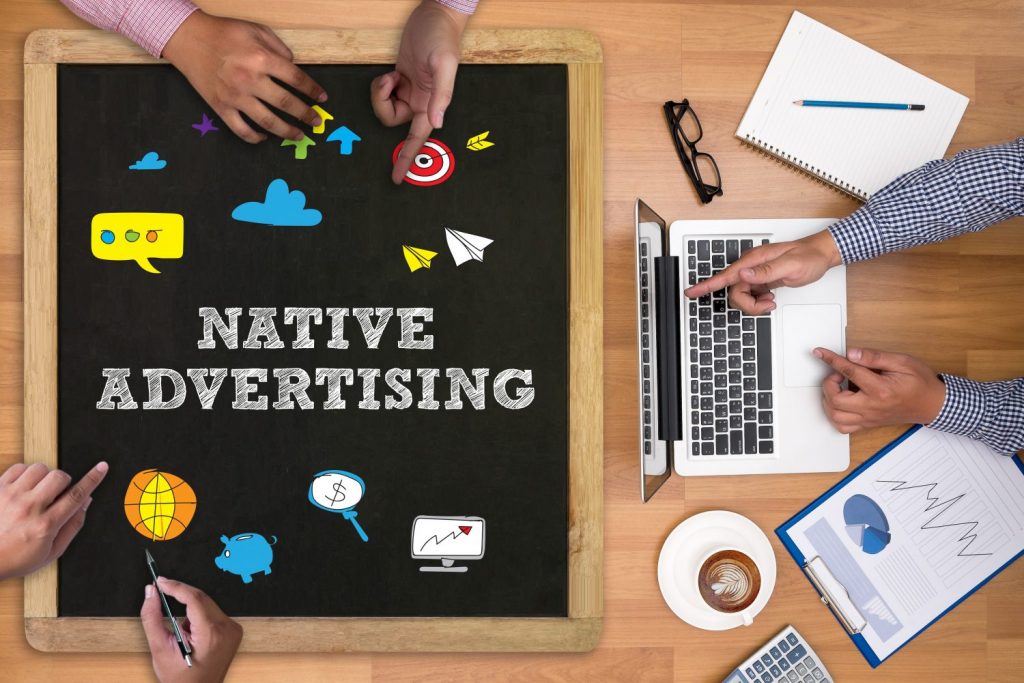It might be a term that you’ve heard floating around but do you actually know what it means? And more importantly, do you know how to utilise it? Well, in a nutshell, native advertising is the use of online paid ads that match the look, feel and function of the platform on which they appear. They are often found on social media feeds, search engines or as recommended content on a web page.
Unlike banner adverts, native ads are designed to not look like adverts at all, but more of an extension of the content that you are purposely looking at. The key to native advertising is to be non-disruptive; audiences should see your advert without feeling like they’re being advertised or sold to.

So if native advertising is specifically about making your ad blend with editorial content, then how will people know it’s an advert at all? Well, they are often accompanied by terms like “promoted” or “sponsored” content, so you’ll know that what you’re reading or looking at has been paid to be put in front of you. These terms are added to regulate the use of native ads and to ensure that consumers are not being accidentally misled.
Why is native advertising becoming such a popular tool for online marketers then? Well for a start, it works. Native ads receive 53% more clicks than display ads (like banners) and they receive an 18% increase in purchase intent. They also help to keep your audiences engaged. A lot of people suffer with what’s known as “ad fatigue”, whereby people simply get bored of seeing adverts and stop paying attention. Adverts disguised as relevant content ensures your consumers continue paying attention and that your message isn’t lost in the abyss.

So how do you get involved? Well, you need to firstly understand the platform you’ve chosen. If you’re placing a native ad on pinterest, for example, your image needs to be highly aesthetic, extremely low on words and relevant to some of the most popular categories that people use the platform for (such as recipes or home interior inspiration). If your native ad is going on twitter, then it needs to be punchy, funny and in line with the current trends that are taking over the platform.
However, the easiest (and arguably the best) form of native advertising is through editorial content like blog posts. If you’re trying to sell some new camping gear for example, you could write an article about travel tips or top destinations. The popularity of the article content will ensure you get a high number of clicks, while the subtle way in which you can weave a sales message in to this kind of content will increase your chances of sales completions.

Even though consumers realise that native ads are still in fact ads, they care less about that than with a loud sales message shoved under their nose, and respond much better. Giving your audiences relevant content will have a significant effect on purchase behaviour, as it shows your consumer that you understand them.
